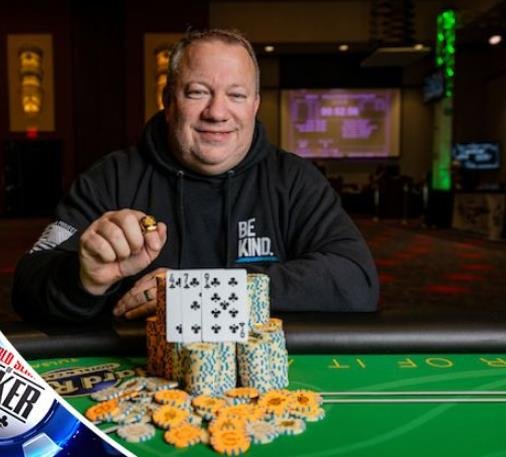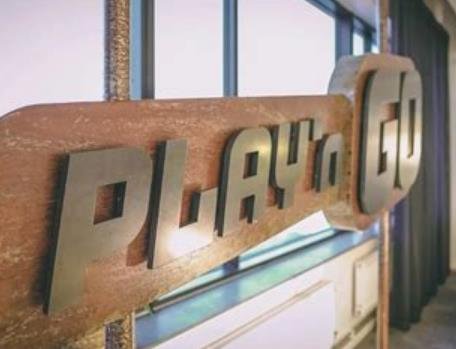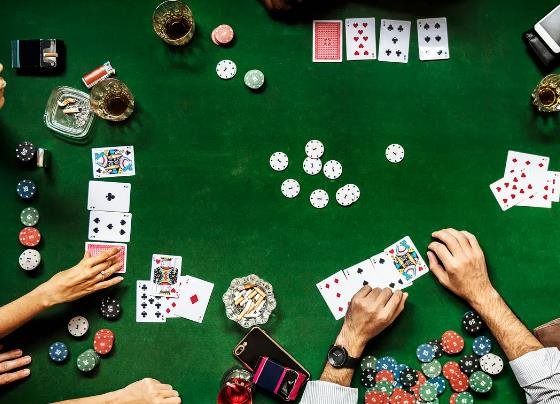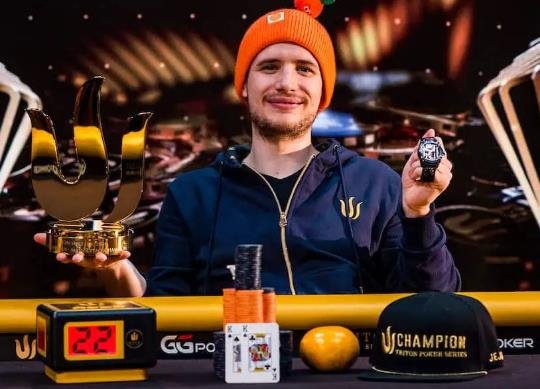The hand started quietly enough—just another small blind versus big blind confrontation on the surface. But it didn’t take long before chips were flying, hearts were pounding, and two poker warriors found themselves toe-to-toe in a brutal psychological battle for millions of chips and a shot at the title.
With the blinds at 100,000-200,000 and a 200,000 big blind ante, Dan Stavila—sitting on a comfortable chip lead—opened from the small blind to 600,000. Cody Wiegmann, from the big blind, made the call. That was the easy part.
What came next was a showcase of fearless aggression, cold reads, and the kind of nerve only high-stakes final tables can inspire.
The Flop: Opportunity in Disguise
The flop came down dry: a ragged set of cards that didn’t help either player in any meaningful way. But poker isn’t just about what you hold—it’s about what you can represent.
Stavila, holding Q♣4♣, had connected with the bottom card for a weak pair. It was hardly a hand to write home about, especially with no immediate straight or flush draw. He checked.
Wiegmann, with J♦10♠, had missed entirely. Still, he smelled weakness and pounced with a 350,000 chip bet—a relatively modest stab into a pot that had already crept to 1.4 million.
Stavila didn’t flinch. Call.

The Turn: More Heart, Less Clarity
The turn card added a second heart to the board and paired the middle card from the flop. While neither player’s hand improved, the texture got trickier. There were now more draws, more possibilities.
Wiegmann sensed that and continued with another bet—700,000 this time. Not too big, not too small. Just enough to keep the pressure on without risking it all.
Stavila, again, called. His bottom pair still held some value, and he wasn’t ready to give it up. The pot swelled to 3.5 million. Wiegmann, now left with just 2.3 million behind, had no more room to play coy.
The River: A Bold Move at the Brink
And then came the river—a meaningless 9♠. Neither player improved. Stavila checked for a third time.
Then it happened.
Wiegmann paused, stared at the chips in front of him, then at Stavila. A minute passed. Maybe more. Finally, he shoved his entire stack into the pot—2.3 million chips, a bet that represented nearly one-third of Stavila’s stack.
The room went still.
Stavila’s Dilemma: Hero Call or Let It Go?
This was not just another decision.
Stavila had every reason to call. He had a chip lead, a pair, and enough information to guess Wiegmann was light. But that’s the thing about poker—it’s easy to second-guess yourself when the stakes are sky high.
His opponent had just pushed in his whole stack on a board that had run out dry. Was it value? Was it desperation? Or was it brilliance?
Two minutes ticked by. Stavila didn’t move. Didn’t speak. Just stared.
Then, finally, he let it go. Mucked his cards and conceded the pot.
Who Really Won the Hand?
Stavila technically lost that hand, but the fold allowed him to preserve his chip advantage. He still had enough firepower to take control of the match later on and eventually secure the win.
Still, Wiegmann’s bluff was a moment. A serious moment.
Here was a player with nothing—absolutely nothing—but the courage to send his last bullets into a pot against the chip leader on a final table stage. And he got it through.
Let’s break down just how bold this really was:
-
Preflop: Stavila had Q-4 suited, Wiegmann J-10 offsuit. Slight edge, nothing major.
-
Flop: Stavila made bottom pair. Wiegmann completely missed.
-
Turn: No improvement for either. Wiegmann kept pressing.
-
River: Dead card. All-in bluff. Fold achieved.
Wiegmann turned 0% equity into a 3.5 million-chip pot with nothing but willpower.
One Move That Shifted the Balance
The impact was immediate.
Before the hand, Stavila had a huge chip lead. Afterward, Wiegmann had closed the gap, trailing by just nine big blinds. That’s a significant shift with only three players left.
Let’s put the numbers in context:
| Player | Stack Before Hand | Stack After Hand | Change |
|---|---|---|---|
| Dan Stavila | ~10,000,000 | ~7,500,000 | -2,500,000 |
| Cody Wiegmann | ~3,000,000 | ~5,300,000 | +2,300,000 |
Not only did Wiegmann boost his stack by 77%, but he also reminded the table—especially Stavila—that he wasn’t going anywhere without a fight.
Final Result: Glory and Grit
Despite losing this iconic hand, Stavila would bounce back. He adjusted, stayed calm, and ultimately claimed the title. First-place prize: $167,067. Wiegmann, for all his boldness, finished second, taking home $120,054.
Still, the hand that people were talking about wasn’t the last one. It was that river shove. That stone-cold bluff. That pulse-raising, chip-swinging moment that reminded everyone just how brutal—and beautiful—poker can be.
A lesser player might’ve folded preflop. Another might’ve checked the flop, given up on the turn. But Wiegmann? He went for it. All of it. And it worked.








